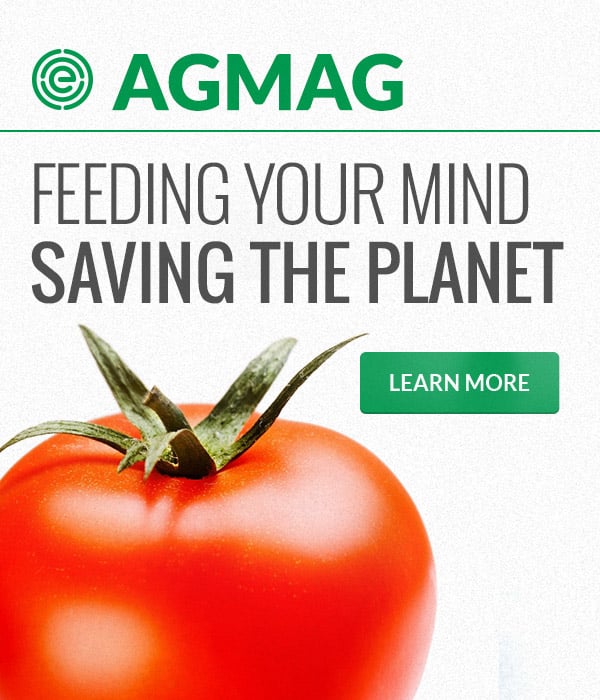Conservation Stewardship Program (CSP) in Maryland
The state-level CSP data only includes practices that had more than four contracts in a state for a particular year. Because of this, the data contained within the state pages will not sum up to the total payments by practice on the national page.
CSP payments by fiscal year in Maryland
CSP payments by county, 2017-2022
Practices and enhancements on CSP acres, 2017-2022, Maryland
| Rank | Practice | Payments, 2017-2022 |
|---|---|---|
| 1 | Cropland Annual Payment | $3,349,480 |
| 2 | Pasture Annual Payment | $374,073 |
| 3 | Existing Activity Payment-Land Use | $261,698 |
| 4 | Existing Activity Payment-Resource Concern | $193,500 |
| 5 | Farmstead | $110,439 |
| 6 | Improving nutrient uptake efficiency and reducing risk of nutrient losses  | $51,474 |
| 7 | Associated Ag Land | $51,252 |
| 8 | Supplemental Payment | $43,236 |
| 9 | Reduce risks of nutrient losses to surface water by utilizing precision ag technologies | $21,585 |
| 10 | Non-Industrial Private Forest Land Annual Payment | $18,764 |
| 11 | Cover crop to minimize soil compaction  | $15,238 |
| 12 | Enhancement - Soil Management | $14,035 |
| 13 | Stewardship Payment | $5,401 |
| 14 | Native grasses or legumes in forage base | $3,151 |
| 15 | Minimum Payment Adjustment | $3,077 |
| 16 | Enhancement - Habitat Management | $2,529 |
| 17 | Enhancement - Energy Management | $1,400 |
| 18 | Existing Practice Payment | $1,354 |
| 19 | Intensive cover cropping to increase soil health and soil organic matter content | $1,285 |
| 20 | Conservation cover to provide food habitat for pollinators and beneficial insects | $1,213 |
| 21 | Conservation Cover  | $455 |
| Show All | ||
| Show Less | ||
| Total Payments, 2017-2022 | 4,524,639 | |
 NRCS 2024 climate smart practice.
NRCS 2024 climate smart practice.
 NRCS 2024 provisional climate smart practice.
NRCS 2024 provisional climate smart practice.
NCRS climate smart practices on CSP acres, 2017-2022, Maryland
| Rank | Practice | Payments, 2017-2022 |
|---|---|---|
| 1 | Improving nutrient uptake efficiency and reducing risk of nutrient losses  | $51,474 |
| 2 | Cover crop to minimize soil compaction  | $15,238 |
| 3 | Conservation Cover  | $455 |
| Total Climate Smart CSP payments, 2017-2022 | $67,167 | |
Climate Smart CSP payments, 2017-2022  | $67,167 | |
Provisional Climate Smart CSP payments, 2017-2022  | $0 |
 NRCS 2024 climate smart practice.
NRCS 2024 climate smart practice.
 NRCS 2024 provisional climate smart practice.
NRCS 2024 provisional climate smart practice.
CSP payments by county, 2017-2022
| Rank | State | CSP Payments, 2017-2022 |
|---|---|---|
| 1 | Queen Anne's County, Maryland | $9,939,727 |
| 2 | Dorchester County, Maryland | $8,966,191 |
| 3 | Carroll County, Maryland | $6,703,141 |
| 4 | Worcester County, Maryland | $6,209,805 |
| 5 | Kent County, Maryland | $6,121,307 |
| 6 | Talbot County, Maryland | $5,458,923 |
| 7 | Wicomico County, Maryland | $4,691,698 |
| 8 | Frederick County, Maryland | $3,425,272 |
| 9 | Somerset County, Maryland | $2,698,194 |
| 10 | Caroline County, Maryland | $2,399,545 |
| 11 | Cecil County, Maryland | $1,957,325 |
| 12 | Washington County, Maryland | $1,923,641 |
| 13 | Harford County, Maryland | $939,956 |
| 14 | Saint Mary's County, Maryland | $691,089 |
| 15 | Montgomery County, Maryland | $650,339 |
| 16 | Charles County, Maryland | $549,881 |
| 17 | Allegany County, Maryland | $402,813 |
| 18 | Baltimore County, Maryland | $378,424 |
| 19 | Howard County, Maryland | $360,725 |
| 20 | Garrett County, Maryland | $359,285 |
| 21 | Prince George's County, Maryland | $135,076 |
| 22 | Calvert County, Maryland | $72,639 |
| 23 | Anne Arundel County, Maryland | $3,695 |
| Show All | ||
| Show Less | ||
The state-level CSP data only includes practices that had more than four contracts in a state for a particular year. Because of this, the data contained within the state pages will not sum up to the total payments by practice on the national page.
USDA Census of Agriculture Data for Maryland, 2022
Land in Maryland, 2022
| Land type | Acres |
|---|---|
| Number of Farms: | 12,550 |
| Total Acres in Farms: | 1,978,036 |
| Cropland Acres: | 1,397,492 |
| Permanent pasture and rangeland: | 124,857 |
| Woodland Acres: | 330,520 |
Livestock in Maryland, 2022
| Livestock | Number of Animals |
|---|---|
| Broilers and other meat-type chickens sold | 277,949,940 |
| Layers inventory | 2,459,130 |
| Cattle and calves inventory | 152,394 |
| Hogs and pigs inventory | 20,219 |
| Sheep and lambs inventory | 18,912 |




 USDA’s Conservation Reserve Program needs reform to improve climate benefits
USDA’s Conservation Reserve Program needs reform to improve climate benefits
 Despite new climate-smart funds, agricultural conservation programs remain oversubscribed
Despite new climate-smart funds, agricultural conservation programs remain oversubscribed
 Environmentally sensitive Mississippi River region croplands should be targeted for conservation
Environmentally sensitive Mississippi River region croplands should be targeted for conservation
 Major USDA conservation program must change to prioritize climate stewardship
Major USDA conservation program must change to prioritize climate stewardship
 $7.4B spent on two of USDA’s biggest conservation programs, very little went to ‘climate-smart’ agriculture
$7.4B spent on two of USDA’s biggest conservation programs, very little went to ‘climate-smart’ agriculture
 Climate change isn’t high priority for $1.2 billion USDA farm stewardship program
Climate change isn’t high priority for $1.2 billion USDA farm stewardship program
